Home>Technology>Smart Home Devices>How To Know If Printer Is Inkjet
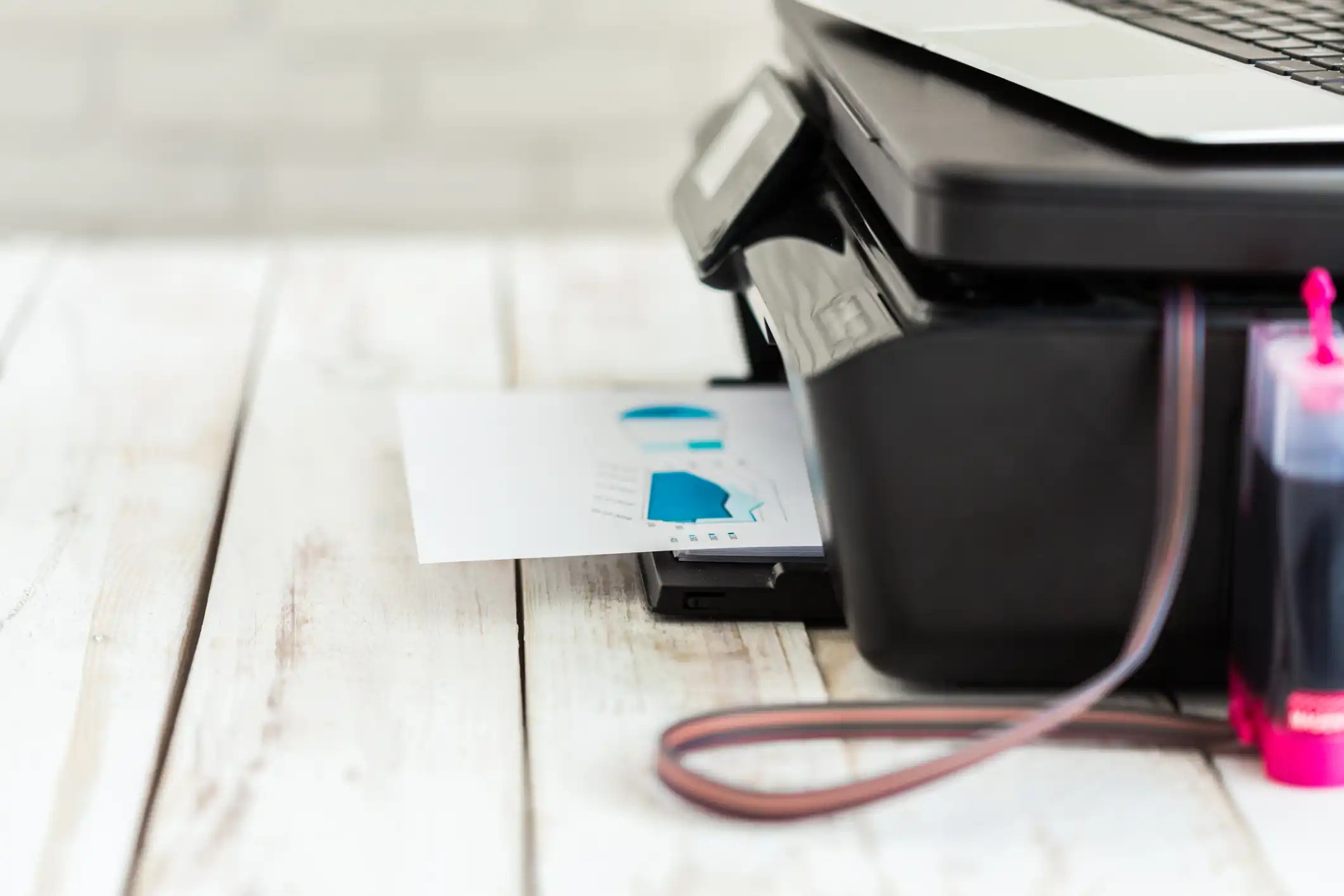

Smart Home Devices
How To Know If Printer Is Inkjet
Published: January 22, 2024
Learn how to determine if your printer is an inkjet model and discover the latest smart home devices for seamless printing at home. Explore inkjet printer options and smart home technology for efficient printing.
(Many of the links in this article redirect to a specific reviewed product. Your purchase of these products through affiliate links helps to generate commission for Storables.com, at no extra cost. Learn more)
Introduction
So, you've got a printer, and you're wondering whether it's an inkjet printer or not. Well, fear not! In this comprehensive guide, we'll delve into the intricacies of inkjet printers, exploring the telltale signs that distinguish them from other types of printers. Whether you're a tech enthusiast, a home user, or a small business owner, understanding the type of printer you have can be crucial for maintenance, troubleshooting, and overall printing experience.
Inkjet printers have been a staple in homes and offices for decades, offering versatile printing capabilities and high-quality output. They are known for their ability to produce vibrant color prints and sharp text documents, making them a popular choice for a wide range of printing needs. However, with the myriad of printer options available today, it's essential to be able to identify whether your printer is indeed an inkjet model.
Throughout this article, we'll explore the key characteristics of inkjet printers, from their internal mechanisms to the observable features that set them apart. By the end of this guide, you'll be equipped with the knowledge to confidently determine whether your printer is an inkjet marvel or another type of printing powerhouse. Let's embark on this enlightening journey to unravel the mystery of inkjet printers!
Key Takeaways:
- Inkjet printers use liquid ink cartridges, produce vibrant colors, and operate quietly, making them ideal for high-resolution photo prints and crisp text documents.
- To identify an inkjet printer, check the specifications for inkjet technology, examine the ink cartridges, and observe the printing process for precise, colorful, and smooth output.
Read more: How Do I Know If My Printer Is Inkjet
Understanding Inkjet Printers
Inkjet printers are a marvel of modern printing technology, renowned for their exceptional versatility and print quality. At the heart of an inkjet printer lies a sophisticated system that propels droplets of ink onto various media, such as paper, transparencies, or even fabric. This process enables inkjet printers to produce stunning images, crisp text, and vibrant graphics with remarkable precision.
One of the defining features of inkjet printers is their ability to create high-resolution prints, making them an ideal choice for tasks that demand sharp detail and vivid colors. Whether you're printing photographs, business reports, or creative projects, an inkjet printer excels in capturing the nuances of your content with exceptional clarity.
Furthermore, inkjet printers come in various configurations, including single-function and multifunction models. Single-function inkjet printers are dedicated to printing tasks, while multifunction inkjet printers boast additional capabilities such as scanning, copying, and in some cases, faxing. This versatility makes inkjet printers a valuable asset in both professional and personal settings, offering a comprehensive solution for diverse printing needs.
Moreover, inkjet printers are renowned for their quiet operation and relatively compact designs, making them well-suited for home offices, creative studios, and small businesses. With advancements in technology, modern inkjet printers offer enhanced connectivity options, allowing users to print wirelessly from a multitude of devices, including smartphones, tablets, and laptops.
Understanding the fundamental principles and capabilities of inkjet printers is essential for discerning their distinct advantages and potential limitations. As we delve deeper into the nuances of inkjet printers, we'll uncover the key indicators that can help you identify whether your printer belongs to the illustrious inkjet family.
Checking the Printer Specifications
When determining whether your printer is an inkjet model, one of the first steps is to examine its specifications. Most printers have a label or display panel that provides essential details about the printer's technology and capabilities.
First and foremost, look for the printer's model name or number. This information is typically displayed prominently on the printer itself or can be found in the printer's documentation. Once you have the model name or number, you can conduct a quick online search to retrieve the printer's specifications from the manufacturer's website or reputable tech resources.
As you review the specifications, pay close attention to the printing technology specified for the printer. If it is an inkjet printer, the specifications should explicitly state this fact. Look for terms such as "inkjet," "ink-based," or specific inkjet technology names associated with the printer. In contrast, other types of printers, such as laser or solid ink, will have their respective technologies clearly indicated in the specifications.
Additionally, take note of the printer's resolution capabilities. Inkjet printers are renowned for their ability to deliver high-resolution prints, often measured in dots per inch (DPI). A higher DPI typically indicates finer detail and smoother gradients in printed images, a hallmark feature of inkjet technology. While other printer types can also offer impressive resolutions, inkjet printers are commonly associated with exceptional photo-quality output, making resolution specifications a valuable clue in identifying the printer type.
Furthermore, explore the printer's color capabilities. Inkjet printers are celebrated for their adeptness in producing vibrant, true-to-life colors. If the specifications highlight the printer's color reproduction, color accuracy, or the number of color cartridges it utilizes, it can reinforce the inkjet classification.
By meticulously examining the printer's specifications, you can glean valuable insights into its underlying technology and capabilities, paving the way for a more informed assessment of whether your printer is indeed an inkjet marvel.
Look for the type of cartridges the printer uses. Inkjet printers use liquid ink cartridges, while laser printers use toner cartridges.
Examining the Cartridges
One of the most definitive indicators of an inkjet printer is its use of ink cartridges. These consumables play a pivotal role in the printing process and can offer substantial clues regarding the printer’s technology.
First and foremost, locate the printer’s cartridge compartment. This is typically accessible by lifting a lid or panel on the printer, providing direct access to the cartridges. Once you have access to the cartridges, carefully remove them from the printer, taking note of their size, shape, and any distinguishing features.
Inkjet printers commonly utilize ink cartridges that contain liquid ink, as opposed to toner cartridges used in laser printers. The cartridges are typically smaller in size and are designed to be easily replaceable, reflecting the user-friendly nature of inkjet technology. Additionally, inkjet cartridges may be equipped with built-in print heads, which are responsible for dispensing the ink onto the paper during the printing process.
Examine the labeling and markings on the cartridges. Inkjet cartridges are often labeled with specific color indicators, such as cyan, magenta, yellow, and black (CMYK). These colors correspond to the primary ink colors used in inkjet printing to create a wide spectrum of hues and shades. Furthermore, the cartridges may bear the manufacturer’s branding and model information, providing additional confirmation of their inkjet nature.
Another noteworthy aspect to consider is the cartridge’s construction. Inkjet cartridges are designed to be lightweight and easy to handle, often featuring plastic casings with integrated nozzles for ink dispersion. This contrasts with the bulkier, powder-filled toner cartridges commonly found in laser printers.
Moreover, some inkjet printers utilize individual cartridges for each color, allowing users to replace only the depleted colors, whereas others may feature combined color cartridges. Understanding the cartridge configuration of your printer can offer valuable insights into its inkjet classification.
By carefully examining the ink cartridges and familiarizing yourself with their distinctive characteristics, you can gain a deeper understanding of your printer’s underlying technology and confidently ascertain whether it aligns with the esteemed realm of inkjet printing.
Observing the Printing Process
Another effective method for determining whether your printer is an inkjet model is to observe the printing process in action. By paying close attention to the printer’s behavior and the characteristics of the printed output, you can glean valuable insights into its printing technology.
Start by initiating a print job, whether it’s a document, photograph, or colorful graphic. As the printer springs into action, take note of the printing mechanism at work. Inkjet printers operate by propelling minuscule droplets of ink onto the paper, creating a seamless fusion of colors and details. During the printing process, you may notice the precise and incremental movement of the print head across the paper, depositing the ink with remarkable accuracy.
Observe the printed output as it emerges from the printer. Inkjet prints often exhibit a characteristic level of sheen and saturation, especially when producing color-rich images. The ink is absorbed into the paper, resulting in a smooth, non-grainy appearance, particularly evident in high-quality photo prints. Additionally, inspect the printed text for sharpness and clarity, as inkjet printers excel in rendering crisp, well-defined characters.
Furthermore, pay attention to the printing speed and the printer’s operational noise. Inkjet printers are known for their relatively quiet operation, emitting minimal noise during the printing process. The gradual, methodical movement of the print head and the gentle whirring of the internal components are indicative of inkjet technology.
If your printer supports borderless printing, consider initiating a borderless print job to assess the printer’s capabilities. Inkjet printers are often equipped with borderless printing functionality, allowing images and documents to be printed to the very edges of the paper, creating a professional and visually striking result.
By closely observing the printing process and the characteristics of the printed output, you can gain valuable insights into the inner workings of your printer and confidently discern whether it embodies the hallmark traits of an inkjet marvel.
Read more: What Is An Inkjet Printer
Conclusion
Embarking on the quest to identify whether your printer is an inkjet model has unveiled a myriad of insightful clues and distinctive features that characterize this versatile and revered printing technology. From examining the printer’s specifications to observing the printing process in action, you’ve delved into the intricate world of inkjet printers, equipping yourself with the knowledge to make an informed determination.
Understanding the fundamental principles of inkjet technology, including its ability to deliver high-resolution prints, vibrant colors, and quiet, methodical operation, has provided a comprehensive framework for evaluating your printer’s classification. By scrutinizing the printer’s specifications and familiarizing yourself with the distinct characteristics of ink cartridges, you’ve honed your ability to discern the telltale signs of an inkjet marvel.
As you observed the printing process unfold, you gained firsthand insight into the precision and finesse of inkjet printing, from the seamless deposition of ink droplets to the impeccable clarity of the printed output. These observations have further solidified your understanding of the printer’s underlying technology and its alignment with the esteemed realm of inkjet printing.
Armed with this newfound knowledge, you can confidently ascertain whether your printer is indeed an inkjet model, unlocking a deeper appreciation for its capabilities and potential maintenance considerations. Whether you’re reveling in the vibrant hues of a color print or marveling at the sharpness of a text document, the inkjet printer stands as a testament to the remarkable advancements in printing technology.
In closing, the journey to discern the inkjet nature of your printer has not only demystified its classification but has also enriched your understanding of the intricate mechanisms that bring your digital creations to life on paper. Embrace the versatility, precision, and vibrant output that inkjet printers offer, knowing that you’ve unraveled the mystery and embraced the artistry of inkjet printing.
Frequently Asked Questions about How To Know If Printer Is Inkjet
Was this page helpful?
At Storables.com, we guarantee accurate and reliable information. Our content, validated by Expert Board Contributors, is crafted following stringent Editorial Policies. We're committed to providing you with well-researched, expert-backed insights for all your informational needs.
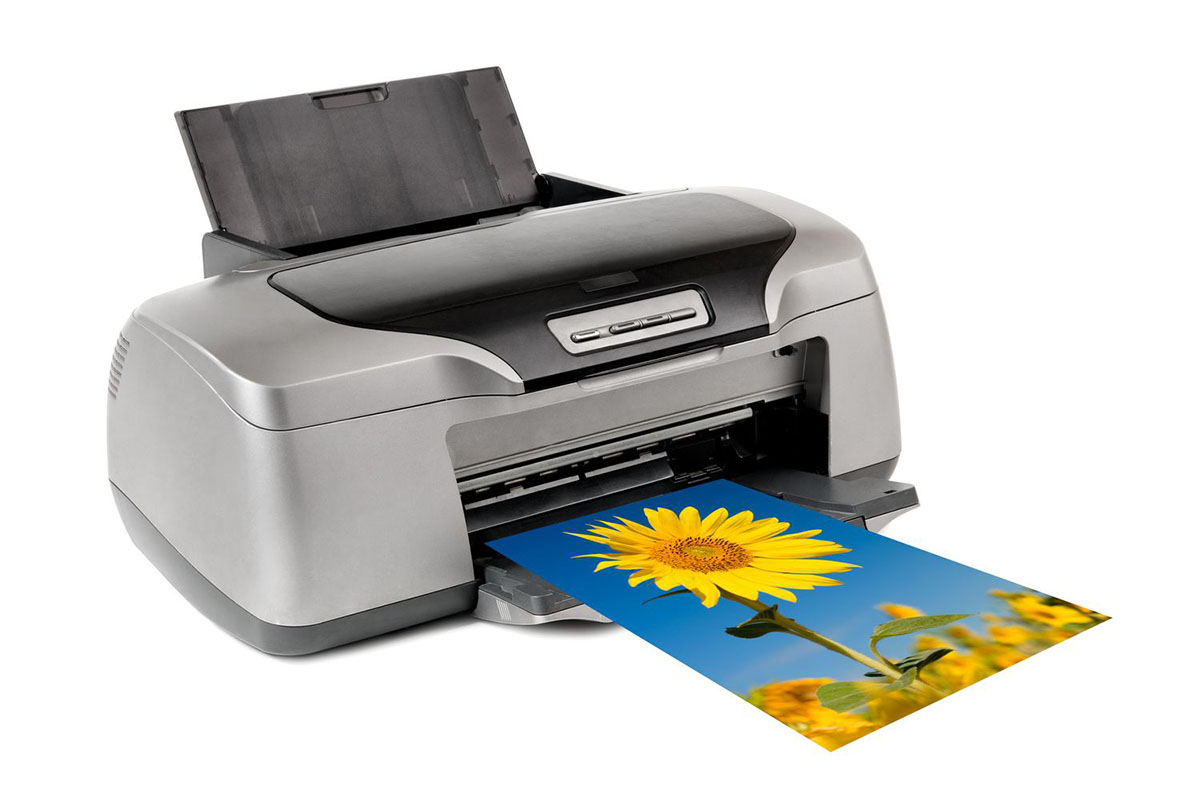
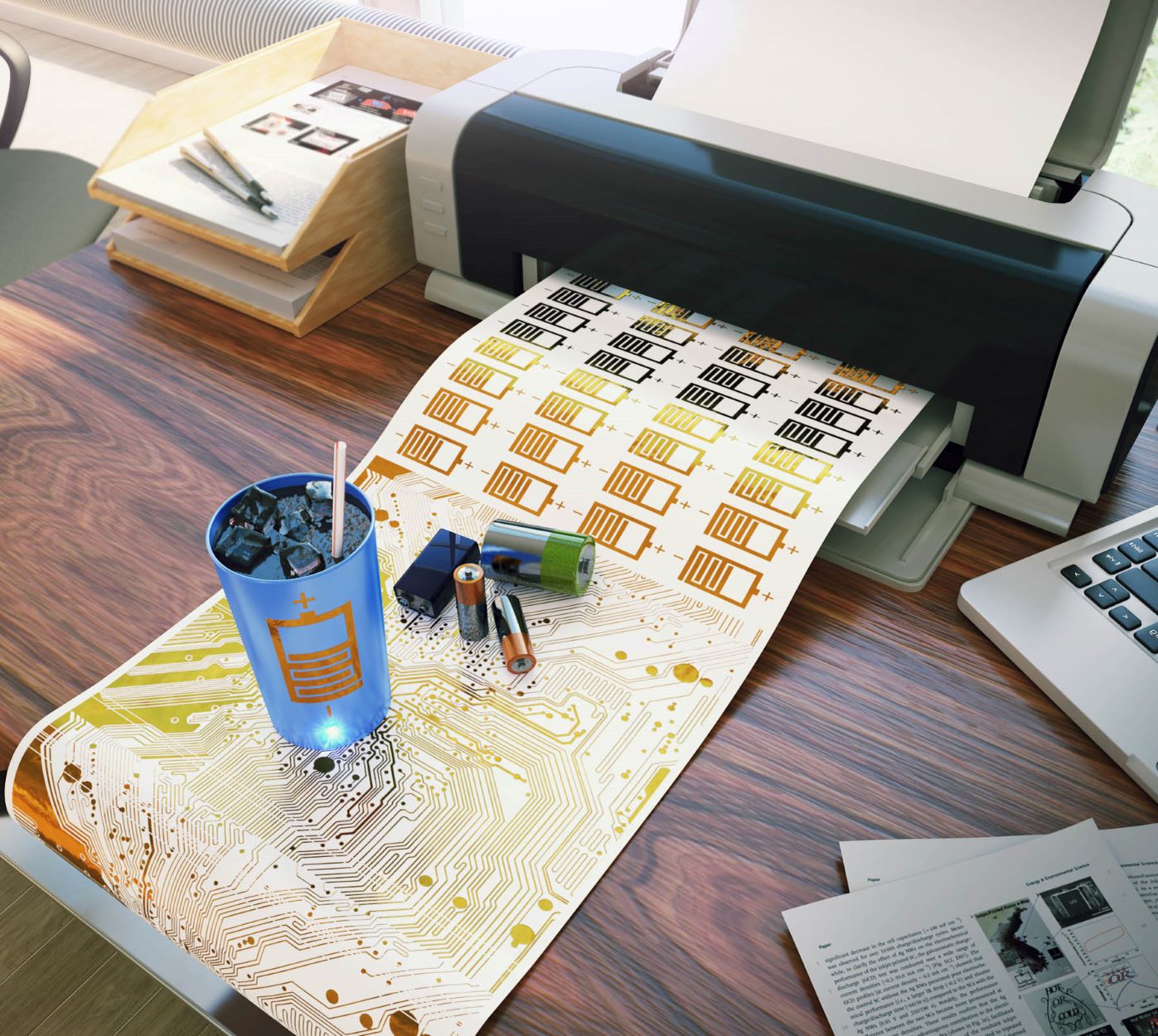
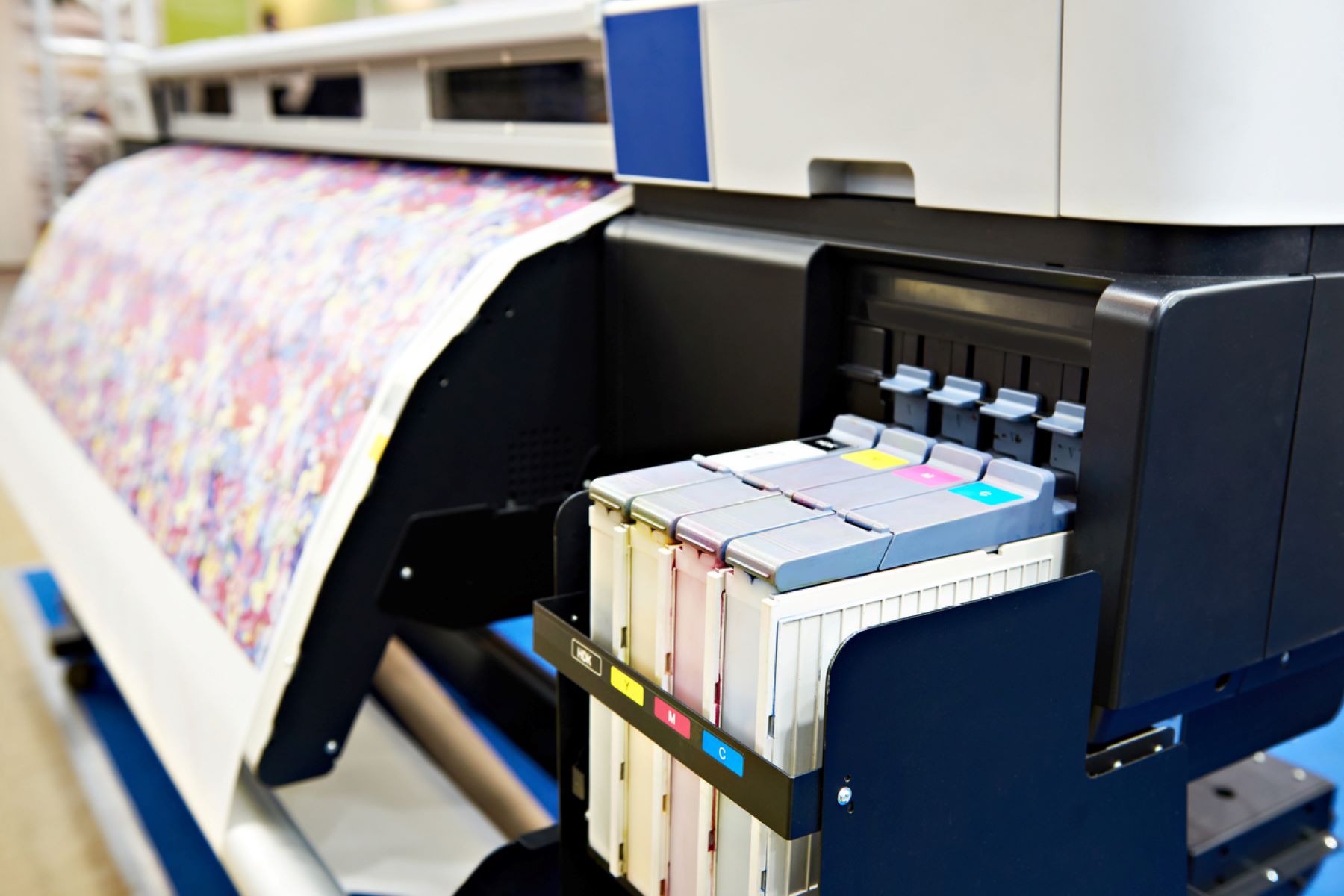
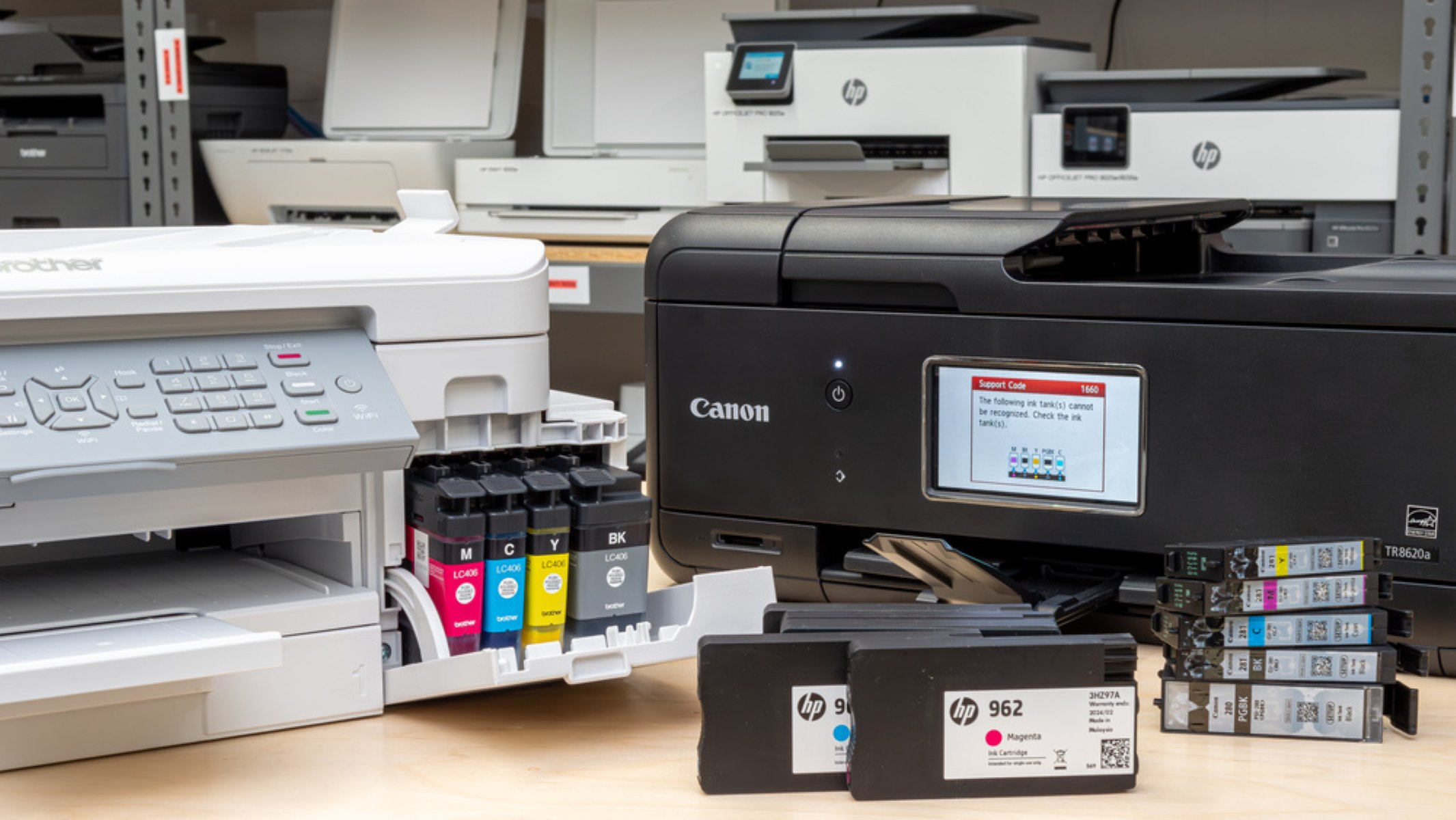

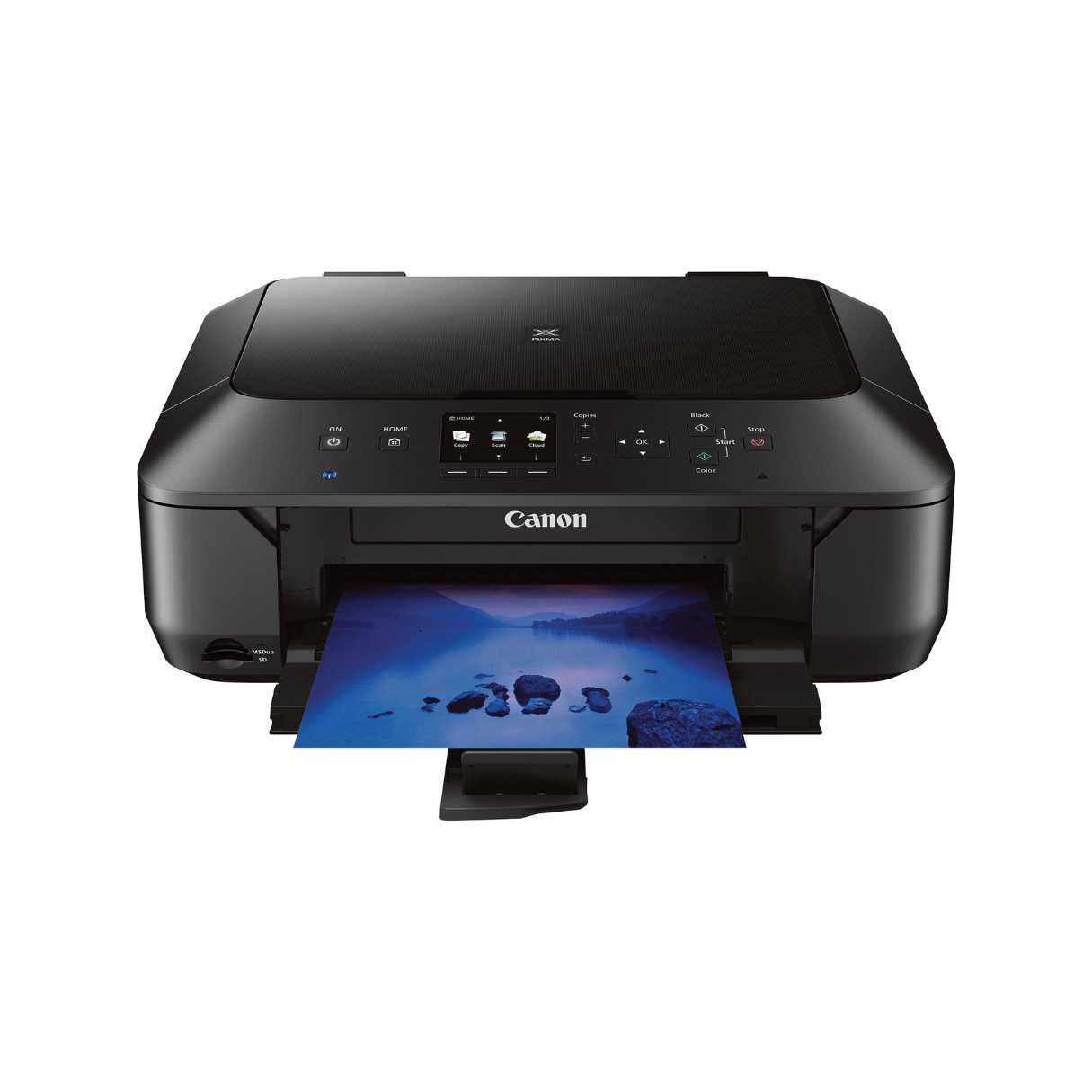
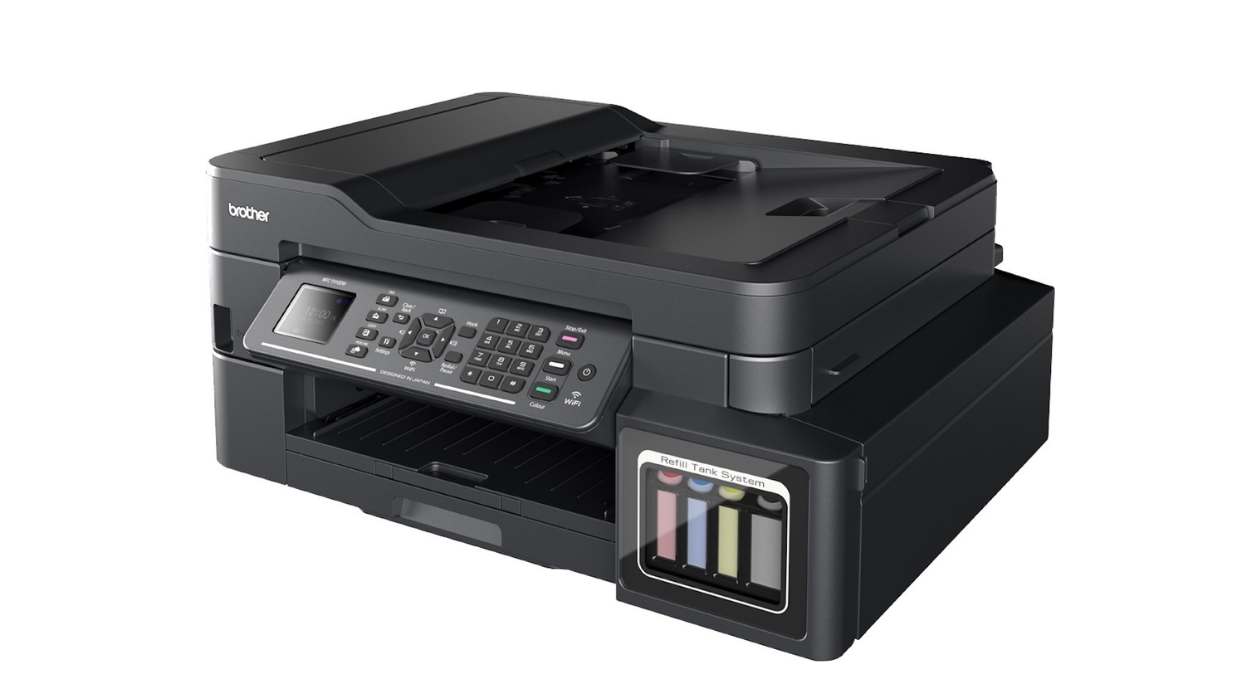

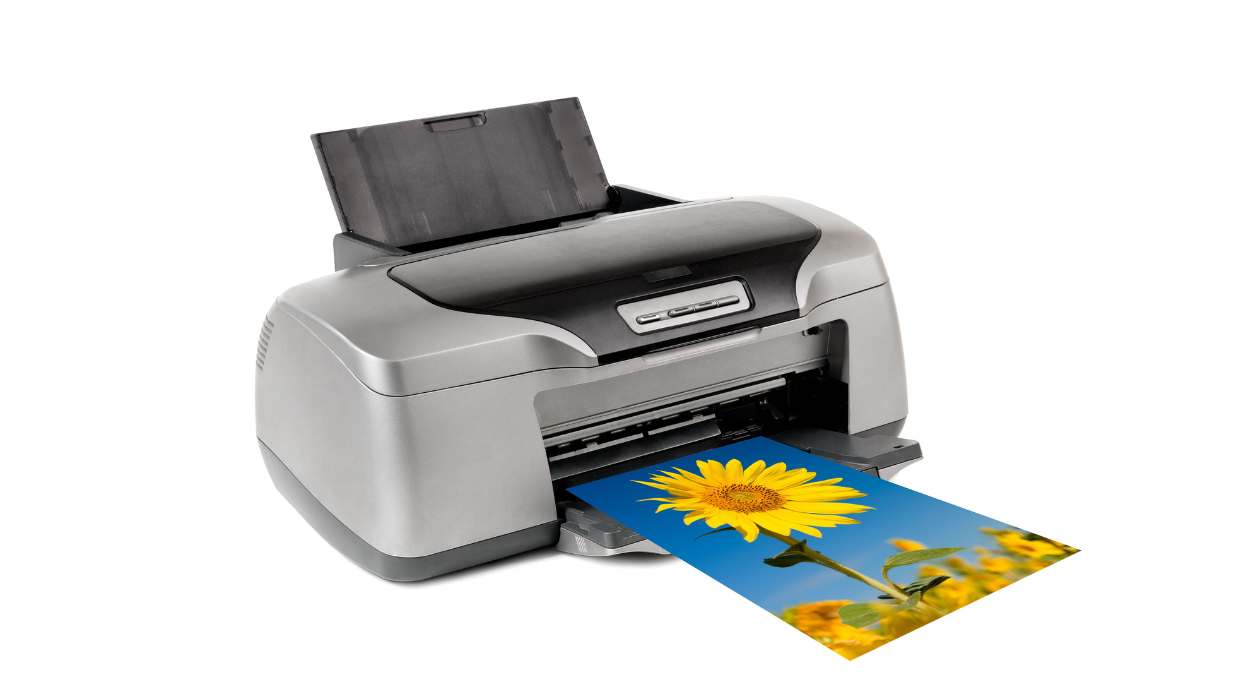
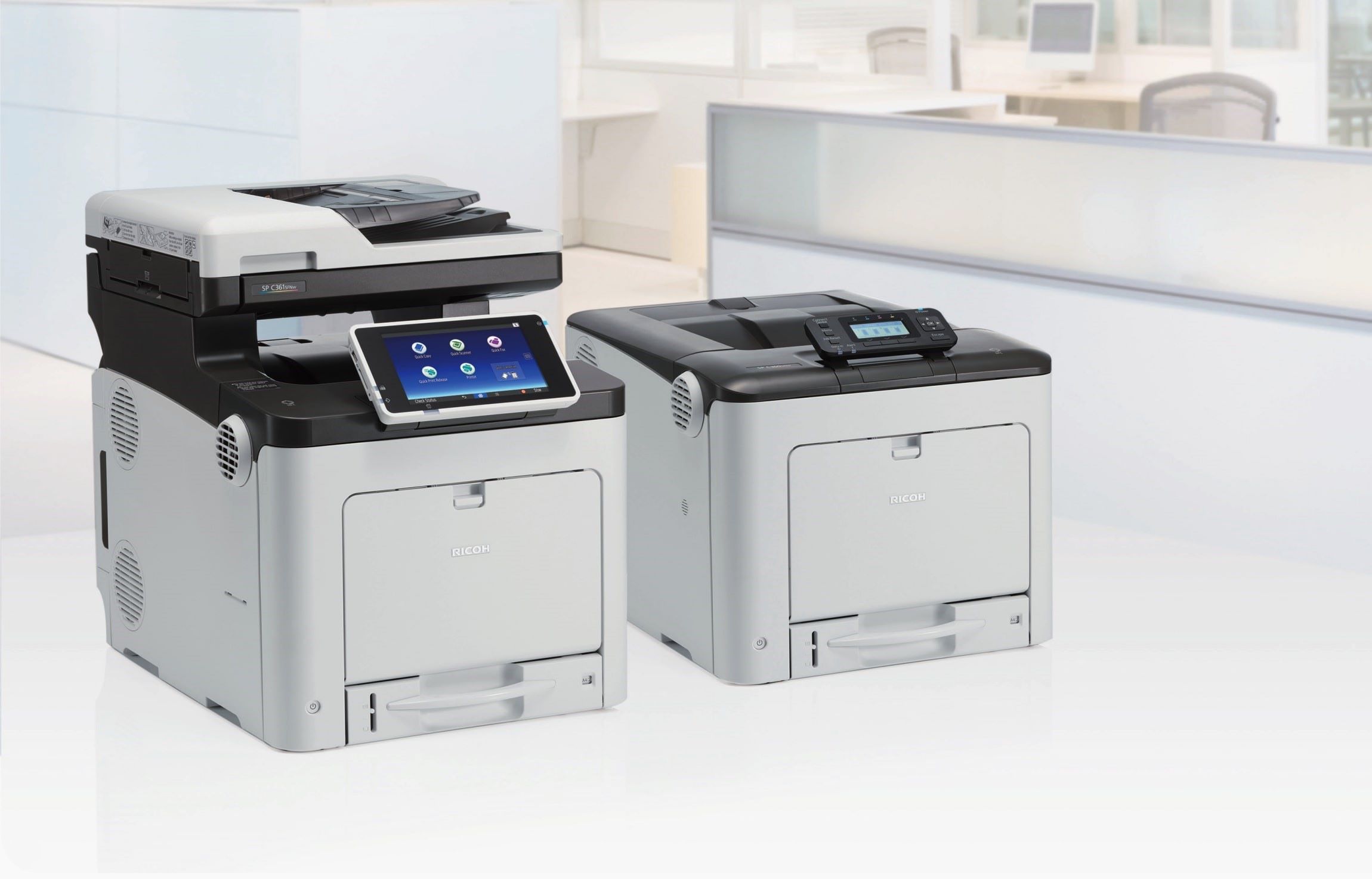
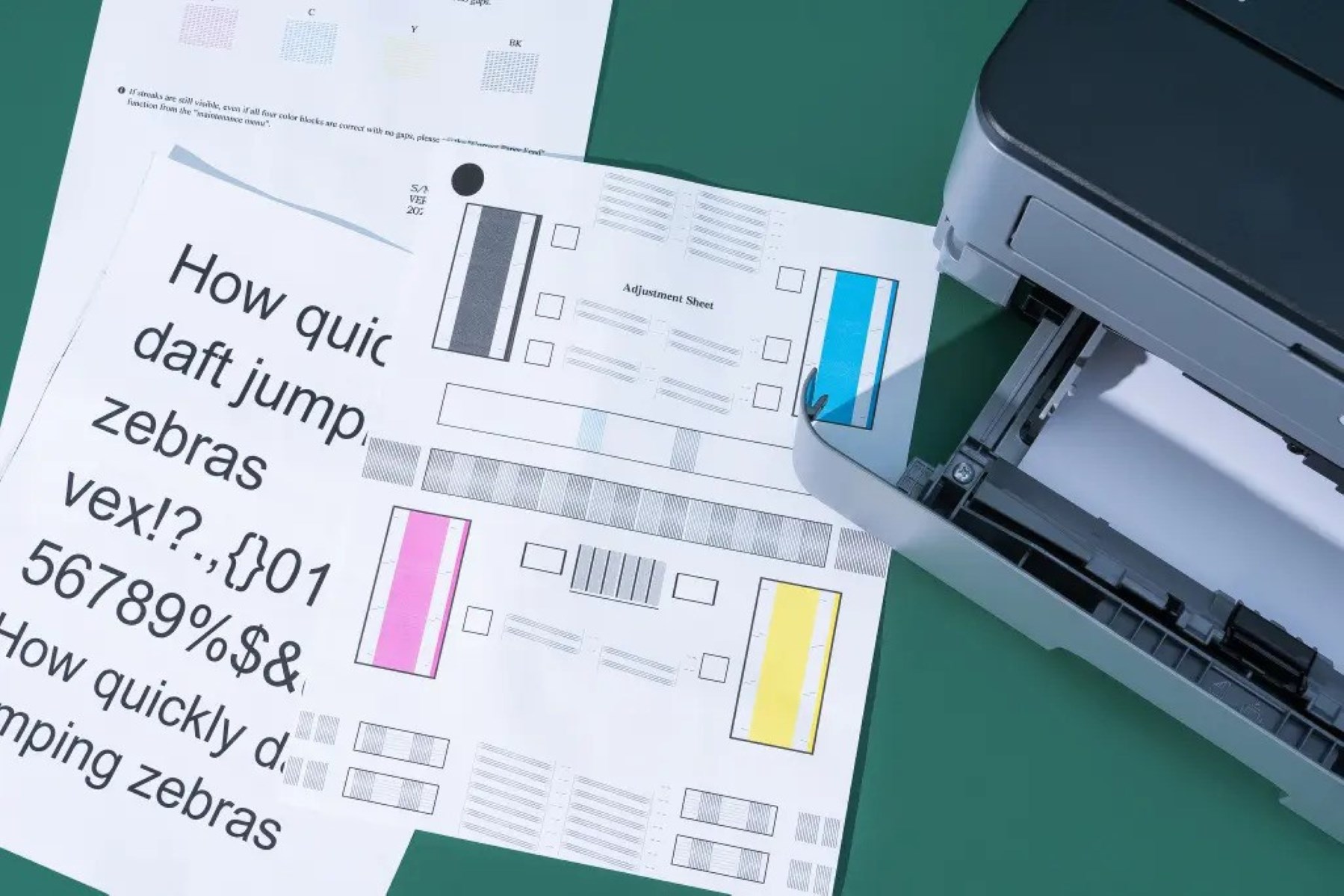
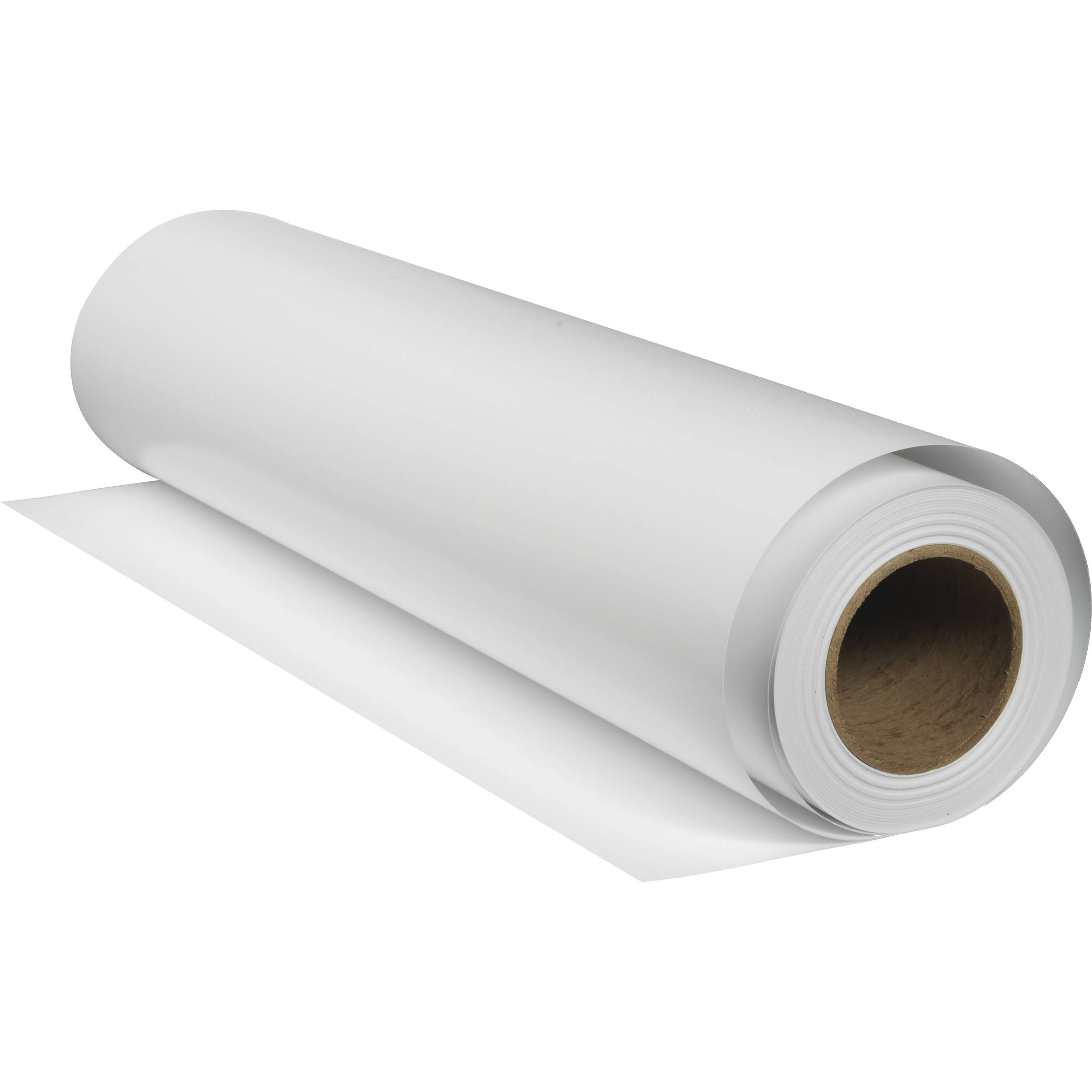
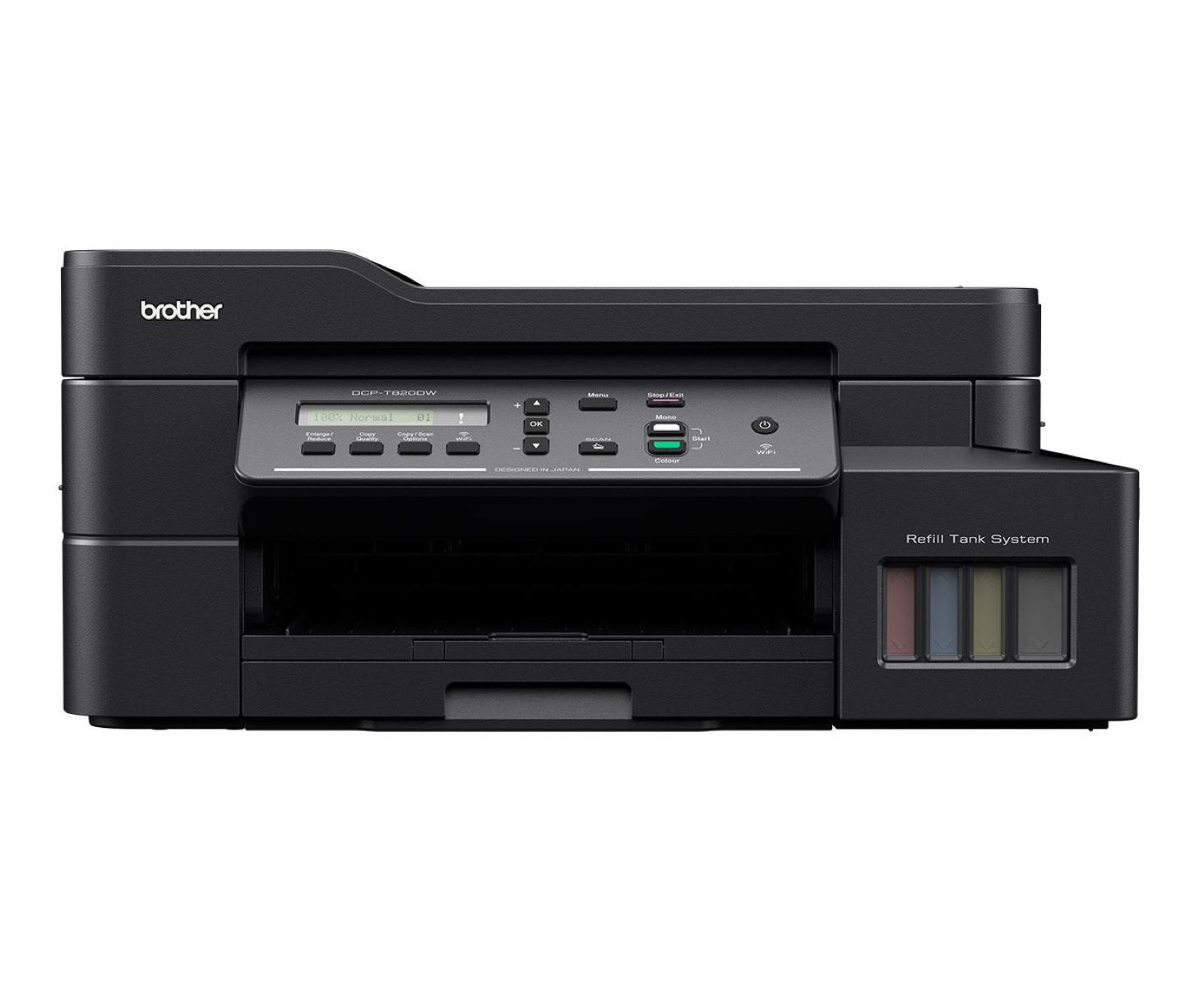
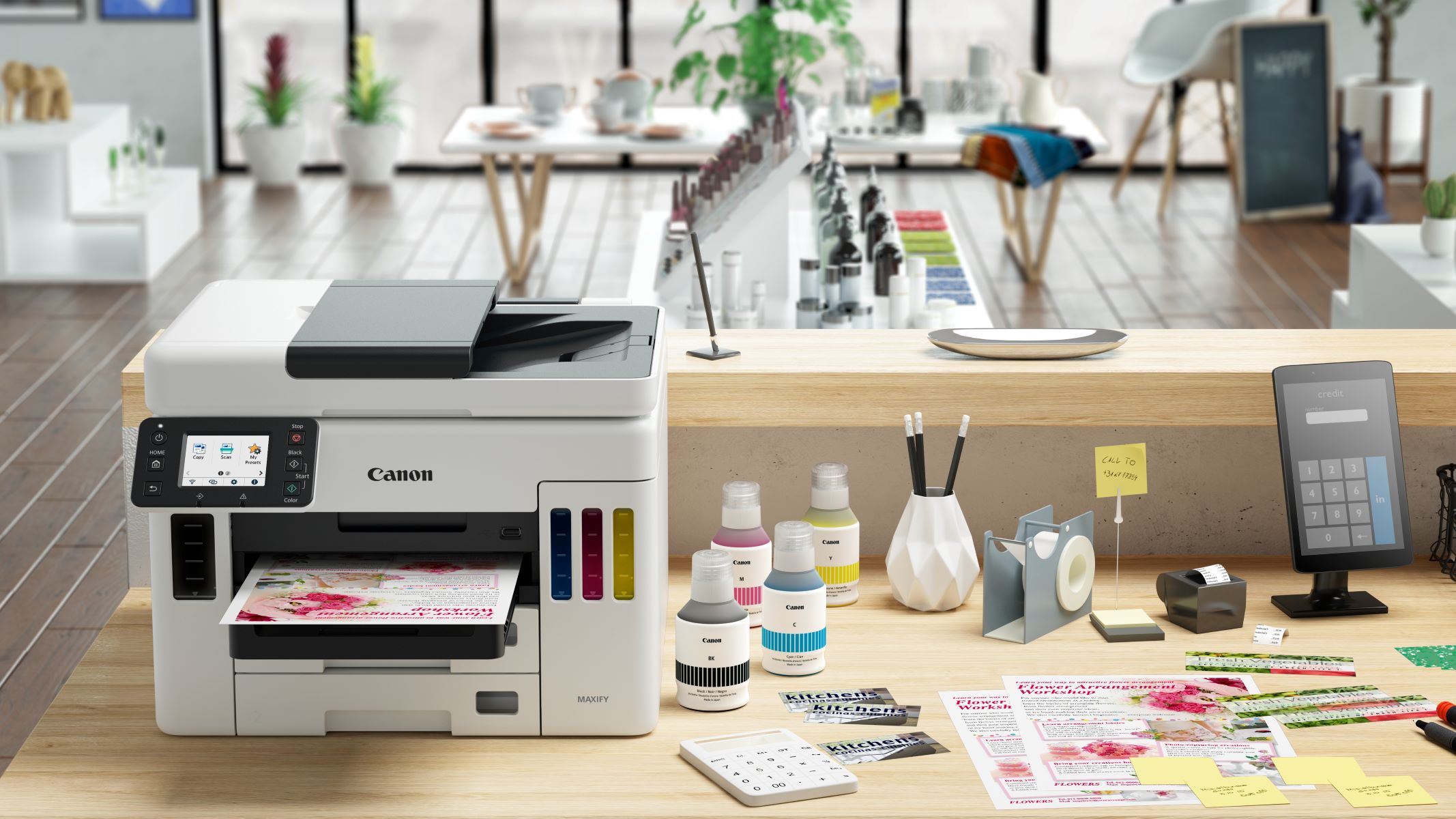

0 thoughts on “How To Know If Printer Is Inkjet”